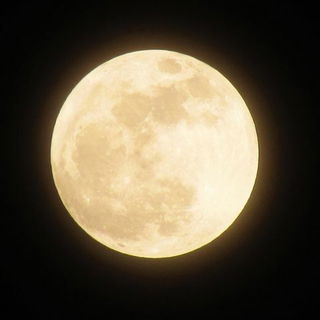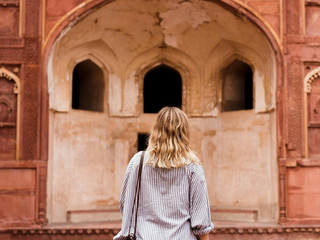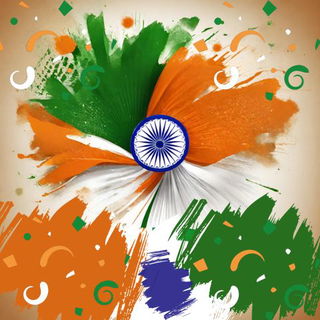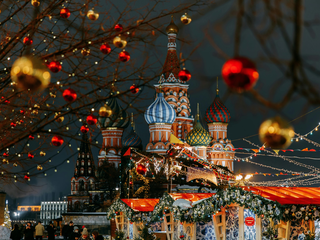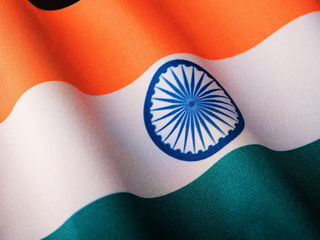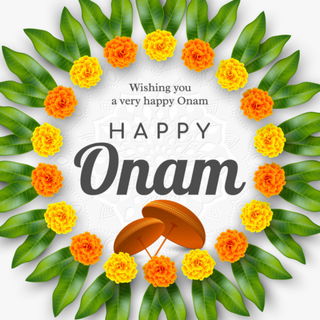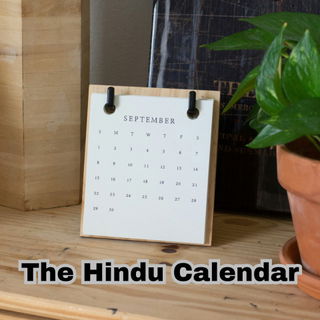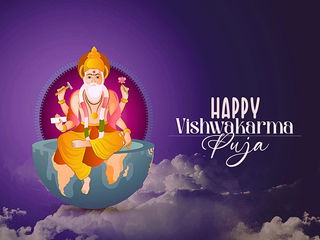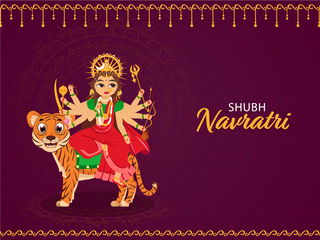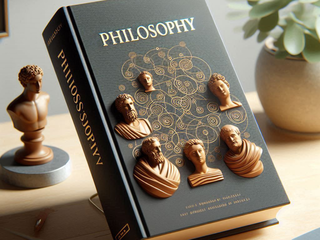- Calendar
- Calendar 2026
- November
- Kali Puja
Kali Puja
Kali Puja, an auspicious and important occasion in West Bengal and in other parts of the country will be celebrated on 20 October 2025.
Kali Puja in Bengal will be celebrated on Monday, 20 October 2025, during the Nishita time from 11:41 PM to 12:31 AM on 21 October, with Amavasya Tithi beginning at 3:44 PM on 20 October and ending at 5:54 PM on 21 October, observed on the new moon day known as Dipannita Amavasya in the Hindu month or Kartika in the Purnimanta tradition.
Kali Puja, also referred to as Shyama Puja or Mahanisha Puja, is an important Hindu festival celebrated on the new moon night of the Hindu month of Kartik, which typically occurs in October or November according to the Gregorian calendar.
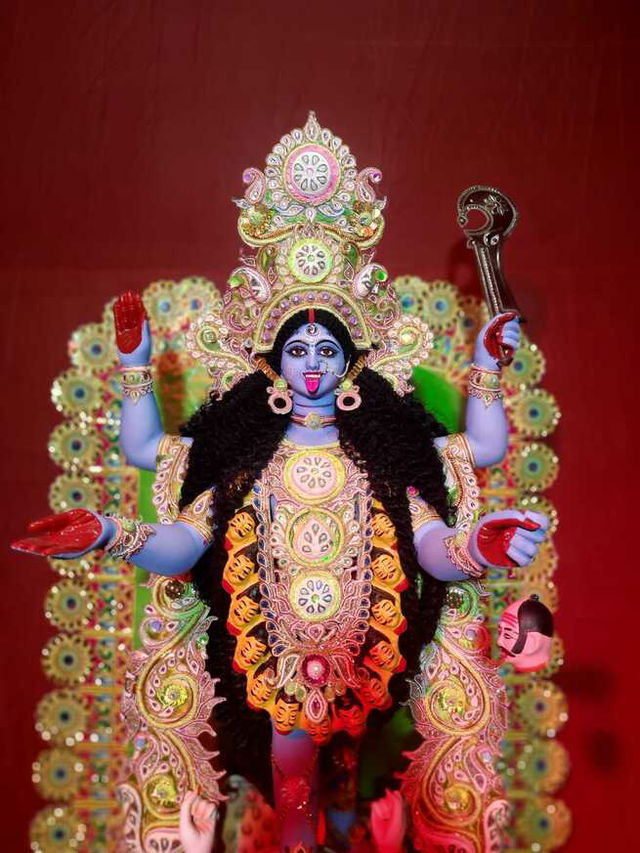
Kali Puja Dates 2026-2030
- Kali Puja 2026: 8 November, Sunday.
- Kali Puja 2027: 28 October, Thursday.
- Kali Puja 2028: 17 October, Tuesday.
- Kali Puja 2029: 5 November, Monday.
- Kali Puja 2030: 26 October, Saturday.
The Significance of Kali Puja in Hinduism
This festival celebrates the formidable feminine energy and power of Goddess Kali who is worshiped for her fierceness, protection, and devotion.
Dedicated to the worship of Goddess Kali, one of the most powerful and fiercest forms of Maa Durga, Kali Puja represents the destruction of evil and the triumph of justice which makes her the symbol of courage strength, and protection.
Goddess Kali is often depicted with a dark complexion and adorned with a garland of skulls which signifies the eradication of evil forces and the ultimate victory of truth.
The core legend of her defeating the demon Mahishasura, which was considered invincible, indicates the festival's significance as a powerful symbol of the victory of virtue over vice.
Devotees invoke Kali's blessings to protect them from harm and to find the inner strength to overcome the challenges of life.
Kali Puja also carries a profound spiritual significance beyond the mythological story and reminds us of the brief and recurring nature of existence. Goddess Kali symbolizes both creation and destruction while her dark complexion represents the unmatched potential from which the universe begins.
Why The Amavasya Tithi Is Important For Kali Puja
Amavasya is the darkest night of a lunar month when the moon is not visible in the sky and this darkness signifies the primordial, formless state of the universe.
Goddess Kali is also often seen with a dark complexion for this reason, to show the ultimate reality of the universe beyond every name and form.
Amavasya or the new moon is also considered an auspicious time for invoking the divine feminine energy of Shakti.
The Legend of Maa Kali
The legend of Maa Kali is one of the most powerful and interesting in Hindu mythology as it shows the strength of a woman.
Kali is often portrayed as a fierce and petrifying deity due to her popular legend of defeating the demon Mahishasura.
Mahishasura was a powerful demon who pleased Lord Brahma and asked him to grant him the wish of being undefeatable by any man or God. Upon being granted the wish, he took advantage of his newfound powers and wreaked havoc on mankind and the heavens.
The deities were in a pickle as they were unable to defeat him and in their desperation, they combined their divine energies from which rose Maa Kali.
Maa Kali appeared as a dark and scary figure with two pairs of arms each holding a weapon and was adorned with garlands made up of demon heads
This led to a fierce battle between Kali and Mahishasura which lasted for a long time Mahishasura tried several ways to defeat Kali, but she was unstoppable. In the end, Kali won a resounding victory over Mahishasura slaying him with her sword.
This symbolizes that no matter how powerful evil is, victory will always be with righteousness.
Kali is often depicted in her victory pose, standing with one foot on Mahishasura's chest, reminding believers of the ultimate defeat of evil forces.
Customs of Kali Puja
During Kali Puja, devotees worship Goddess Kali in their homes through clay sculptures and temporary shrines similar to the Durga Puja celebration.
Kali puja is done mainly at night and includes countless rituals like aarti, sacrifice, havan, and so on. The puja often goes on throughout the night and lasts until dawn. There are countless ways of celebrating Kali Puja. Havan, and so on. The puja often goes on throughout the night and lasts till dawn. There are several ways of celebrating Kali Puja.
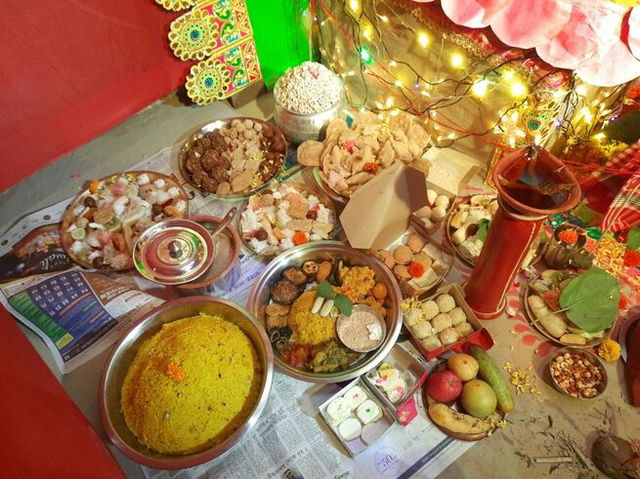
For example, the Brahmin way to celebrate Kali Puja is by worshiping Adya Shakti Kali, and no animals are sacrificed, but in the Tantric way, animal sacrifices are a must.
Kali Puja is celebrated with great enthusiasm across West Bengal and some great well-known pandals are Dinhata, Naihati, North 24 Paraganas, etc. Dinhata, Naihati, North 24 Paraganas, etc.
Some temples dedicated to Kali that are crowded throughout the year by people all over the world are Dakshineswar Kali Temple and the Kali ghat Kali Temple. We cannot forget about Tarapith and Khepa Kali in Katwa during this time of the year. Dakshineswar Kali Temple and the Kalighat Kali Temple. We cannot forget about Tarapith and Khepa Kali in Katwa during this time of the year.
How Kali Puja Ii Celebrated
The pandals come alive at night with the glow of countless oil lamps and the hypnotic sound of devotional songs and rhythmic drum beats. Devotees flock in large numbers to honor the fierce yet benevolent goddess.
Iconic Kali Puja Pandals For Pandal Hopping
As Kolkata lights up for Kali Puja, here’s a list of must-visit pandals in the 'City of Joy' that showcase stunning designs, creative themes, and a festive atmosphere.
1. Girish Park Pandal
Inaugurated by Chief Minister Mamata Banerjee, this central Kolkata pandal is celebrated for its magnificent design and a breathtaking idol of Goddess Kali.
Location: Girish Park, Chittaranjan Avenue, Maniktala
2. Shibpur Bijayee Sangha
With 57 years of tradition, this pandal is renowned for its inventive themes, from eerie ghostly setups to vibrant rural scenes. Visitors are treated to a classic Bengali meal.
Location: Shibpur, Howrah
3. Barasat Nabapally Sarbojanin
One of the largest and most detailed pandals in Kolkata, it attracts huge crowds every year with its elaborate designs and festive energy.
Location: Barasat
4. Barasat Chhatradal
Famous for its 2014 Palm tree-inspired structure and intricate Ramayana depictions, this pandal continues to be a favorite for its artistic creativity.
Location: Barasat
5. Pioneer Athletic Club Barasat
Known for its lively fairs and festivals, fun games, and food stalls, this pandal impresses with recreations of famous structures, such as Himachal Pradesh’s Rock Cut temples, built in just two weeks.
Location: Near Barasat Railway Station
They make symbolic offerings such as red hibiscus flowers, sweets, and other sacred items. The fragrance of incense fills the air, as gives the warmth of collective devotion. Kali Puja is also a time for cultural expression, with music, dance, and theater performances taking place throughout West Bengal.
The festive spirit is enhanced by grand processions, magic shows, and fireworks, making it a time of communal bonding and shared cultural heritage. Overall, Kali Puja is a dynamic fusion of religious devotion, ritual, and celebration.
Kali Puja is usually celebrated during Diwali in West Bengal.
Other Indian Celebrations You Should Read About
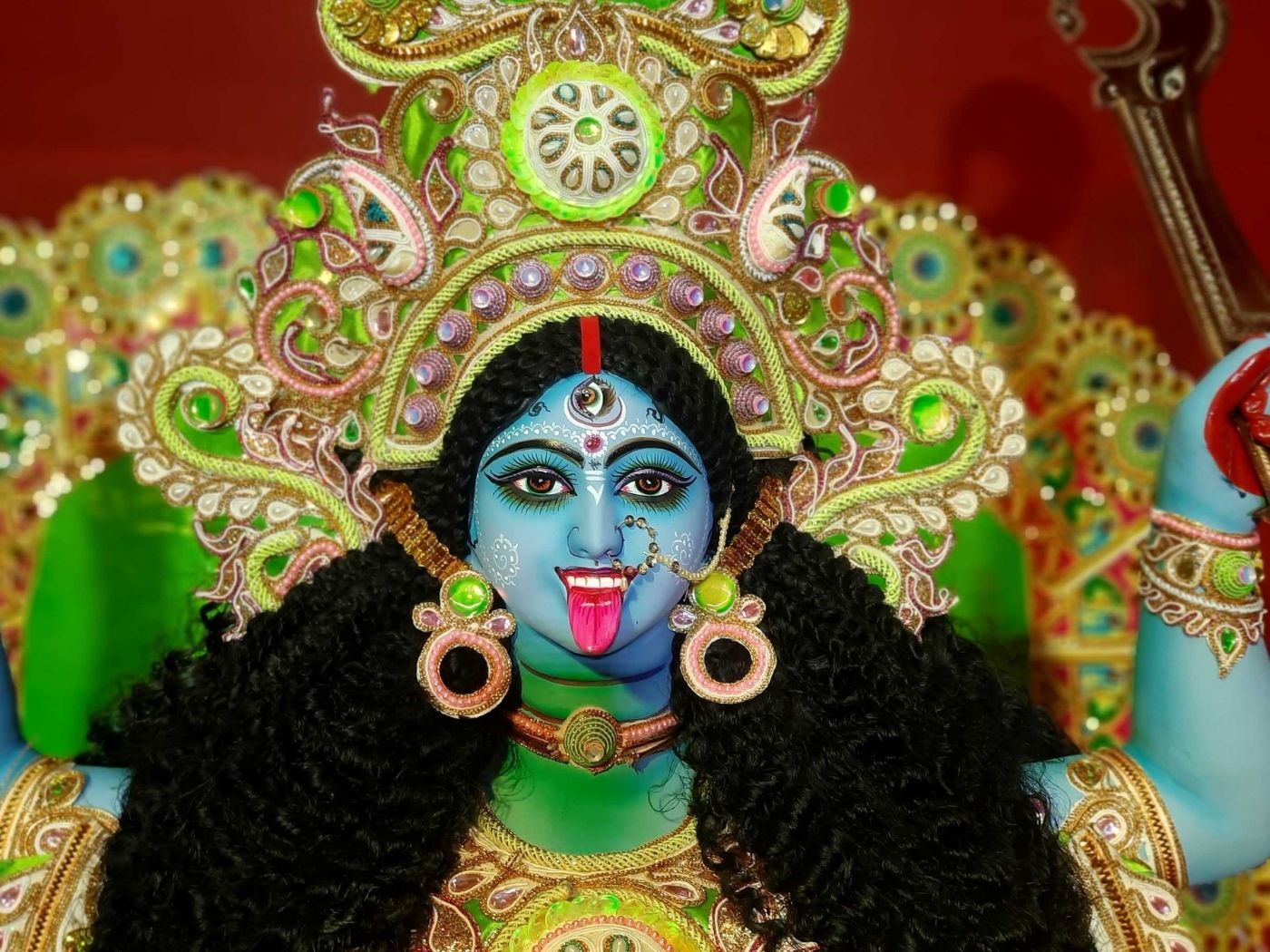
Other Celebrations
-
Mar 04 Wed
-
Oct 29 Thu
-
Nov 09 Mon
-
Nov 10 Tue
-
Nov 15 Sun
-
Nov 17 Tue

Kali Puja - Next years
Thursday, 28 October 2027
Tuesday, 17 October 2028
Monday, 05 November 2029

